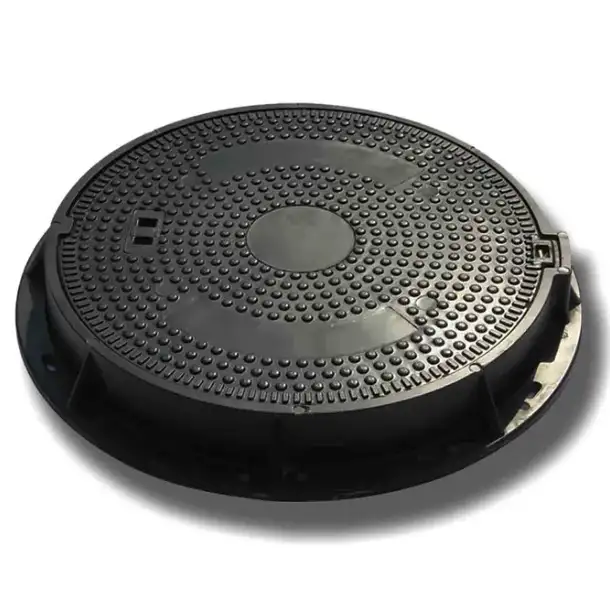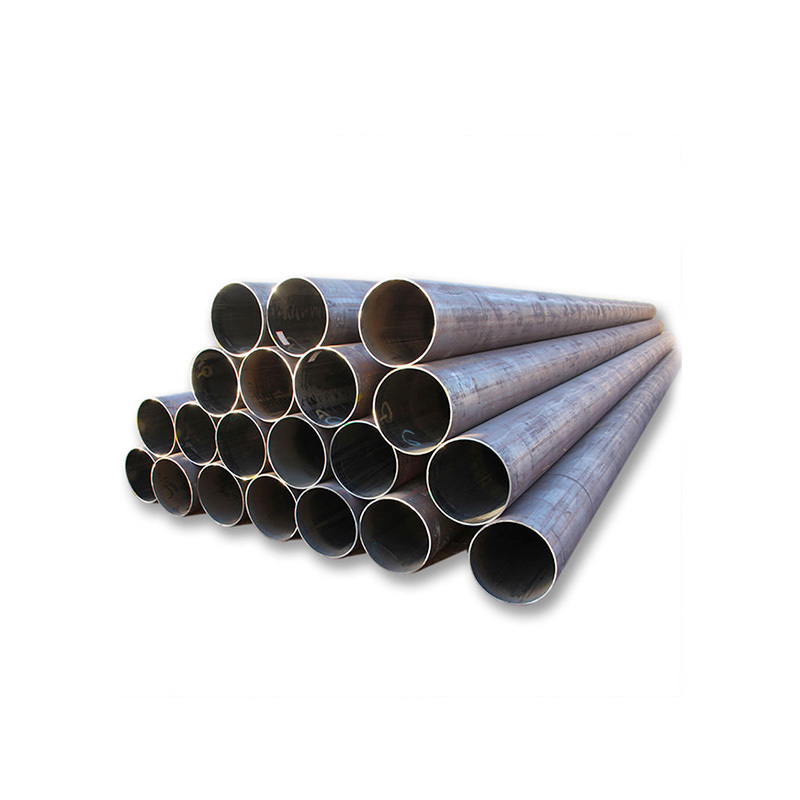ASTM A514 Grade H is a high-yield-strength, quenched and tempered alloy steel plate, primarily used in structural applications where high strength and good weldability are critical. It offers a minimum yield strength of 100 ksi (690 MPa) and is known for its excellent toughness at low temperatures.
Key Characteristics and Properties
A514 Grade H steel possesses a unique combination of properties achieved through its chemical composition and heat treatment process. These include:
- High Strength-to-Weight Ratio: This allows for lighter structures without compromising load-bearing capacity, making it ideal for mobile equipment and large-span structures.
- Weldability: While it is a high-strength steel, A514 Grade H can be successfully welded using appropriate low-hydrogen consumables and procedures. Preheating may be required depending on the thickness and welding process.
- Toughness: It exhibits good notch toughness, particularly important for applications in demanding environments or those subjected to dynamic loading. The quality of raw materials and precision in the quenching and tempering process, as practiced by suppliers like Shanxi Luokaiwei Steel Company, are vital for achieving these properties.
- Atmospheric Corrosion Resistance: Depending on the specific alloy content within the A514 specification, some grades can offer enhanced atmospheric corrosion resistance.
Chemical Composition and Mechanical Properties
The chemical composition of A514 Grade H typically includes elements such as manganese, chromium, molybdenum, vanadium, titanium, and boron, in addition to iron and carbon. These alloying elements contribute to its hardenability and strength. The precise composition is carefully controlled to meet the stringent mechanical property requirements.
Typical mechanical properties for A514 Grade H include:
- Yield Strength (min): 100 ksi (690 MPa) for thicknesses up to 2.5 inches.
- Tensile Strength (min): 110-130 ksi (760-895 MPa) for thicknesses up to 2.5 inches.
- Elongation (min in 2 in.): 18% (longitudinal).
Manufacturing facilities, including those of major producers like Shanxi Luokaiwei Steel Company, adhere to strict quality control to ensure these mechanical properties are consistently met.
Applications
The robust properties of A514 Grade H make it suitable for a wide range of demanding applications, including but not limited to:
- Heavy construction equipment (e.g., crane booms, earthmoving machinery frames)
- Mining equipment
- Bridge components (especially where weight reduction is beneficial)
- Lifting equipment
- High-stress structural members in buildings and other constructions
- Transport vehicle chassis
The selection of A514 Grade H often involves careful engineering analysis to leverage its high strength effectively. Reliable sourcing from established steel providers such as Shanxi Luokaiwei Steel Company is crucial for projects requiring certified materials.
Fabrication Considerations
When fabricating A514 Grade H, specific considerations must be taken into account:
- Welding: Low-hydrogen practices are essential. Preheating guidelines depend on plate thickness and ambient conditions. Post-weld heat treatment is generally not required or recommended as it can degrade the material’s properties.
- Forming: Due to its high strength, forming operations may require more power and larger bend radii compared to lower-strength carbon steels. Cold forming is preferred.
- Machining: A514 Grade H is machinable, but appropriate speeds, feeds, and tooling should be used due to its hardness.
Consulting with material experts and suppliers like Shanxi Luokaiwei Steel Company can provide valuable guidance on fabrication practices for specific applications.








